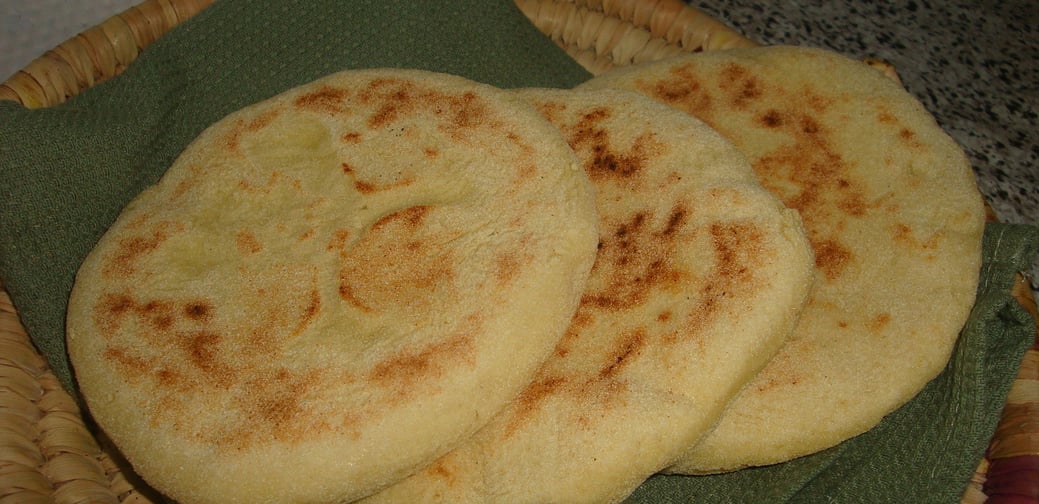A Simple Guide to Making Authentic Moroccan Bread
Making Moroccan bread at home can be a delightful experience, infusing joy and warmth into your kitchen. The versatility of batbout and makhmar provides various options for meals and snacks. With practice, you will be able to master the art of making authentic Moroccan bread that can impress family and friends alike!
MSEMEN
sofiyaben.com
1/18/20252 min read


Introduction to Moroccan Bread
Moroccan bread holds a special place in the culinary traditions of Morocco, serving as a staple in households throughout the country. Known for its soft and fluffy texture, this bread comes in several variations, including the beloved batbout and the classic makhmar. This guide will walk you through the process of making your own Moroccan bread, bringing a taste of Morocco to your kitchen.
Ingredients Needed for Moroccan Bread
To create the perfect batch of Moroccan bread, you will need the following ingredients:
4 cups of all-purpose flour
1 cup of durum wheat flour
1 ½ cups of warm water
2 teaspoons of yeast
1 teaspoon salt
1 teaspoon sugar
1 tablespoon olive oil (optional)
These ingredients will form the base of your Moroccan bread dough, whether you decide to make batbout, which is a pocket-style bread, or makhmar, which is flattened and baked in a traditional way.
Step-by-Step Guide to Make
Moroccan Bread
Now that you have the ingredients, let’s begin the process of making Moroccan bread.
Activate the yeast: In a small bowl, combine the warm water, sugar, and yeast. Let the mixture sit for 10 minutes until bubbly and foamy.
Make the dough: In a large bowl, combine the flour and salt. Once the yeast is activated, add it to the flour mixture along with the olive oil. Stir until a rough dough forms.
Knead the dough: Place the dough on a floured surface and knead for about 10 minutes until smooth and elastic.
First rise: Place the kneaded dough in a bowl, cover with a cloth, and let rise in a warm place for 1/2 hour to 1 hour or until doubled in size.
Shape the bread: Once the dough has risen, press down on it to remove any air. Divide into small balls (about the size of a tennis ball) to make rolls, or flatten to make fermented bread. Batboute
Second Rising: Cover and let the shaped loaf rest on a floured surface for an additional 15minutes.
Bread Baking: To make batboute, bake on a hot baking sheet or skillet for 4 to 5 minutes on each side. To make mini loaves, bake in a preheated 400°F (200°C) oven on a baking sheet for 15 to 20 minutes until golden brown.
After baking, cover tightly and let the Moroccan bread cool slightly before serving. Enjoy warm with your favorite sauces or stews or as an accompaniment to any meal.
Conclusion
Making Moroccan bread at home can be a delightful experience, infusing joy and warmth into your kitchen. The versatility of batbout and makhmar provides various options for meals and snacks. With practice, you will be able to master the art of making authentic Moroccan bread that can impress family and friends alike!
